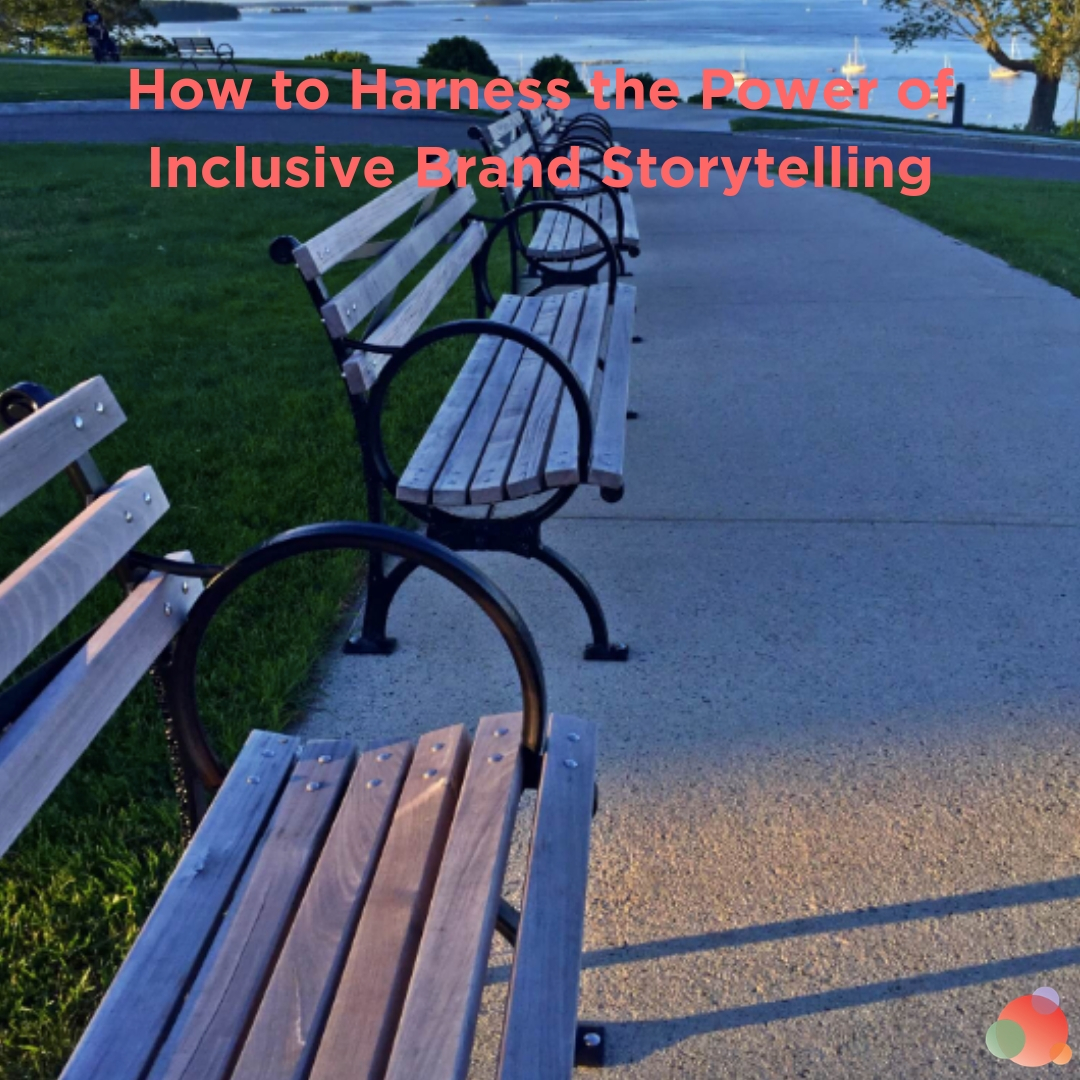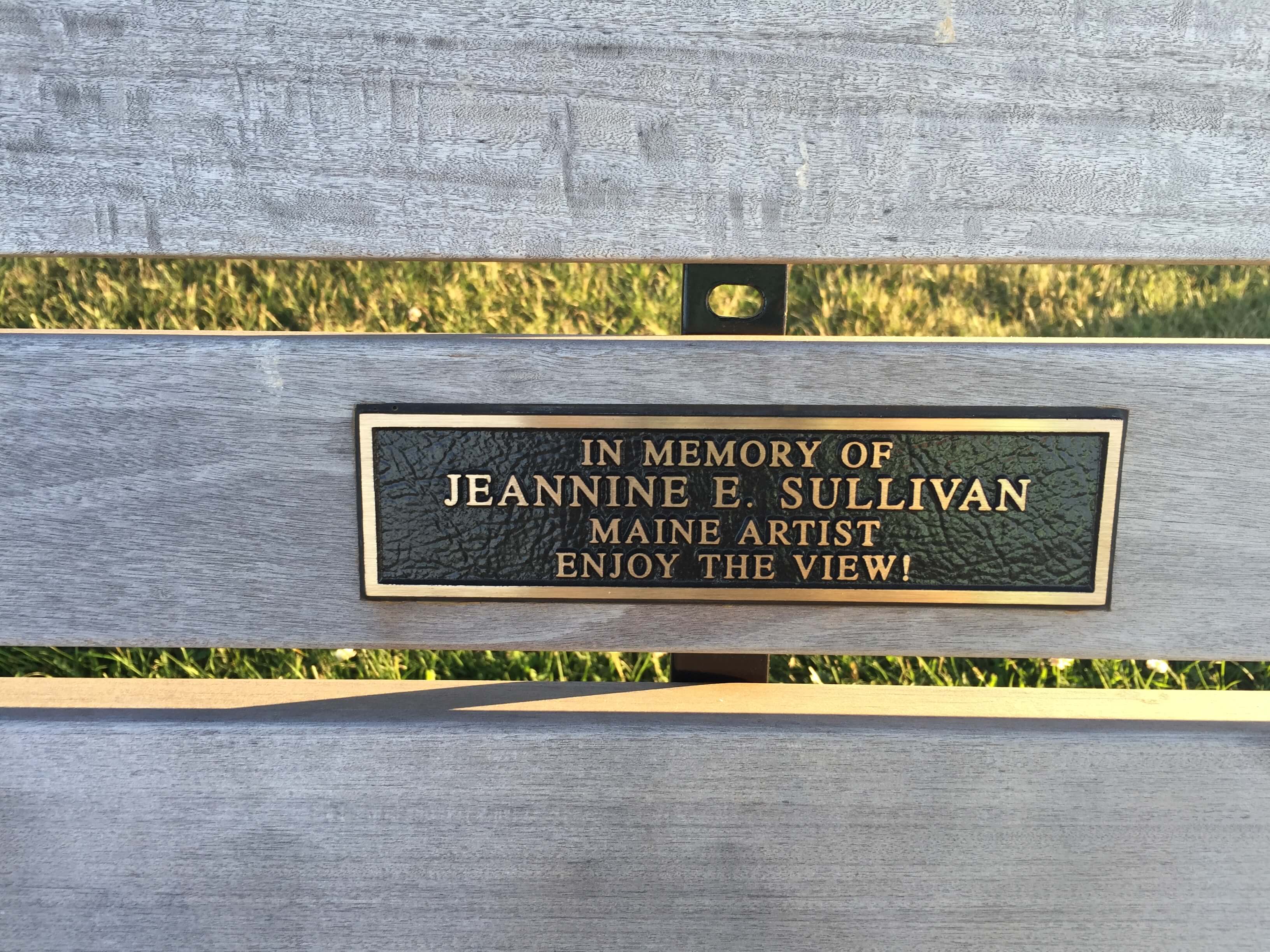 Brand storytelling.
Brand storytelling.
Buzzword or effective communications?
A lot of brands tell fantastic stories about themselves. Stories that may or may not matter to their consumer.
But it is a much more elite group who include the five-parts of brand storytelling and tell stories which allow their consumers to be narrators, directors, or even characters.
Is your brand story inclusive or exclusive to your consumer?
Do you tell it to them? Or with them?
Great Stories are Inclusive
What makes a really amazing book?
For me, it’s one that sweeps me away. That involves me in the story so completely I forget it’s an actual story.
Stephen King is a master of this. I have to take breaks from reading King because I become so emotionally involved in the story and with the characters it can be exhausting.
(It doesn’t hurt that I live in Maine and am pretty sure I’ve met some of the prototypes for his stories.)
I dream about the characters. Worried about them. Even build relationships with them. That’s how vivid they become.
Good authors involve you in different ways.
Certain books just make you feel so deeply you can’t step away.
You feel connected to the characters on an intimate level.
The storylines play out in circumstances in your own life.
You think of the story in the same way you would a memory from your past.
There are times I’ll think about a scene from a book and have a few seconds that I need to situate myself and recall it didn’t actually happen. Once I caught myself saying “a friend of mine….” about to retell a story from a book, only to realize, no in fact that “friend” was a fictional character.
THAT is good storytelling.
A Good Brand Story is Inclusive
Inclusive brand storytelling makes your audience feel like a “we” vs. just an outside consumer of your brand, content, and products/services
When a story hits, you’ll hear things such as:
“You could have been talking about me.”
“That sounds like me.”
“We are so much alike.”
The highest compliment I can ever get on a blog post is, “I read your post and we are just the same, you are so much like me.”
Often I think to myself, “Um, we are like the most opposite humans on the face of the planet.”
But the fact that my writing made a very opposite human feel connected to me, that’s a BIG win.
You want to aim for similar wins for your brand.
Brand Storytelling Requires Freedom
One mistake brands frequently make when they attempt effective brand storytelling is they tell too much of the story.
No one likes an over-sharer. For brands, there is a fine line between brand storytelling detailed enough to define the brand and its personality, but not so limiting it alienates or excludes consumers from the story (and likewise, the brand) itself.
You want to provide enough freedom in your brand storytelling to allow the consumer to make the story their own, but enough substance and direction to do so within the framework you’ve created.
I like to use park benches as an example.
What Park Benches Can Teach You About Brand Storytelling
The large city park in downtown Portland is lined with dedicated park benches. These benches line the sidewalk overlooking the water, each one with a small plaque of dedication to a friend or loved one.

Whenever I have time to spare and am somewhere with dedicated park benches, or dedicated anything for that matter, I like to play this game:
I go from bench-to-bench and make up a story in my head about the person or family based on the engraved bench dedication. Then I move to the next bench at the end of the time and make up a new story.
Some of these stories weave together, like a soap opera. Others are separate.
It’s a fun little game and for some reason really calming to me. It helps me feel connected (and after all, brand storytelling is about connection) in some odd way and I feel if I was ever a name on one of these benches it would make me very happy to know people were enjoying my dedication in this way.
A bench dedication gives enough to start a story, it gives a basic framework to work in, but at the same time allows freedom to create a story that resonates with me.
Some examples:
Be Your Own Park Bench
Each of these benches provides context and then lets me take it from there. It’s a choose your own adventure which let’s me be a director. By doing so I become emotionally connected and more involved.
As a brand you have different goals then a mere park bench (well, unless you sell park benches, then carry on), but you can use this concept in your own brand storytelling efforts.
Let’s Be “We”
- Let people tell their stories: User-generated content, baby. Use it in a way that makes the most sense for your brand story. Microsoft Story Labs does a great job of letting people tell their own stories as they relate to the brand. Stories come from both employees and customers and are presented in a newsroom specifically focused on those stories.
- Tell a visual story: Sixty-five percent of people are visual learners. By telling a story which triggers the visual first you not only have a better chance to engage your customer with your brand storytelling, but you also motivate them to fill in the commentary on their own. It’s the perfect park bench scenario.
- Make an unexpected connection: Even the most boring brands have stories that don’t fit the norm. When you tell a story that showcases your brand in a different light, it challenges the perspective with which a consumer might have already classified your brand. You open their mind to new possibilities and those often include how it might be a part of their own lives. Unexpected connections give your customer permission to make your brand story their own.
Inclusive brand storytelling isn’t about telling people what you do. It’s about showing them enough to allow them to fill in the rest. And do so in a way that best resonates in their own lives.
Photo credits: The mad iPhone skillz of Laura Petrolino and the gorgeous scenery of Munjoy Hill in Portland, Maine.

